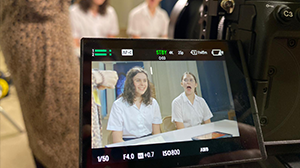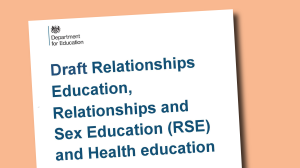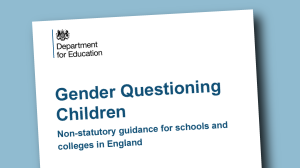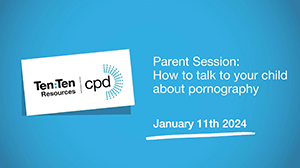
What is Misogyny?
The Cambridge Dictionary defines misogyny as:
Misogyny expresses the idea that women are essentially of less importance or value than men and should remain under their control.
What does Catholic teaching have to say?
It will come as no surprise that Catholic teaching is totally opposed to misogyny and to all sexual violence or abuse towards women.
In his ‘Letter to Women’ written back in 1995, Pope John Paul II points to Jesus as the role-model for how men should treat women:
A fundamental principle of Catholic Social Teaching is the innate dignity and value of each person created ‘male and female’ in the image of God and loved by God. Men and women are equal in dignity.
This key teaching is amplified and explained with reference to a wide range of issues in the recent Vatican declaration on Human Dignity, ‘Dignitas Infinita’. The document makes clear that a disparaging or arrogant attitude by men towards women, let alone violence, exploitation or abuse of any kind, is anti-Christian and contrary to the Gospel.
Pope Francis in his Apostolic Exhortation, ‘Christus Vivit’, acknowledges that human history is marked by misogynistic attitudes leading to the mistreatment of women and that while the Church cannot endorse aspects of modern feminism such as support for abortion, it is completely opposed to ‘discrimination and violence on sexual grounds.’
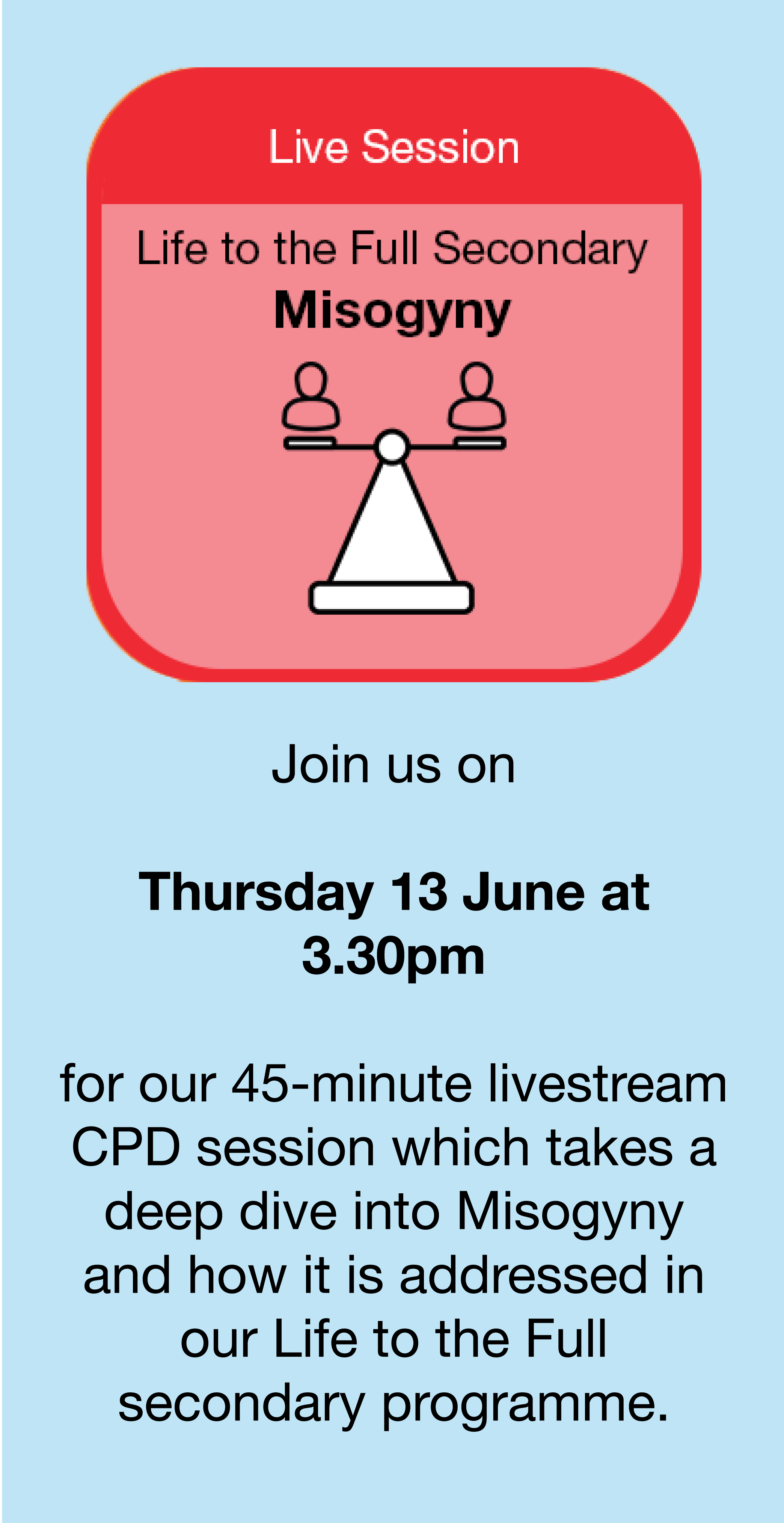
How is misogyny a problem in secondary schools?
In the past 10 years, schools have seen a rise not just in misogynistic attitudes but also in cases of sexual harassment.
A 2016 report on sexual harassment in schools found that:
- almost a third (29%) of 16–18 year old girls say they have experienced unwanted sexual touching at school;
- nearly three-quarters (71%) of all 16–18 year old boys and girls say they hear terms such as “slut” or “slag” used towards girls at schools on a regular basis;
- 59% of girls and young women aged 13–21 said in 2014 that they had faced some form of sexual harassment at school or college in the past year.
Ofsted’s 2021 review into sexual abuse reported that
- nearly 90% of girls said being sent explicit pictures or videos of things they did not want to see happens a lot or sometimes to them or their peers.
- 92% of girls, and 74% of boys, said sexist name-calling happens a lot or sometimes to them or their peers.
In July 2023 the English Government’s Women’s and Equalities Committee released its report into ‘Attitudes towards Women and Girls in Education Settings’. It found that misogynistic attitudes and behaviour were being experienced not just by girls but also by female staff. All too often these were not being reported for fear that it would only make things worse or that it was best to just ‘ignore it’. Examples of misogynistic behaviour and harassment cited in the report included:
- Suggestive or derogatory language
- Pornographic content shared through images, text or video
- Upskirting, touching
- Digitally edited pornographic images portraying female pupils or staff

How and why is misogyny spreading?
How have these behaviours gained such traction among boys and young men? An online article by the Coventry Rape and Sexual Abuse Centre points to two factors – access to pornography and the impact of the covid pandemic.
The article states that it has become easier than ever to access porn and to be exposed in a few clicks to content that:
A second factor, it says, is the pandemic lockdown which created a massive rupture in the education and socialisation of young people:
It could be argued that one area of online exploration that has engaged boys and young men is a search for masculine identity. This seems to be a factor behind the rise in the popularity of social influencers such as Andrew Tate who has more than 6 million followers on X (formerly Twitter) despite his recent arrest on rape, human trafficking and sexual exploitation charges.
Tate is highly adept at pushing his misogynistic and dangerous views by presenting himself as a hyper-masculine ‘prophetic’ voice and sharing a seductive blend of lifestyle advice, machismo, conspiracy theories, fame and fast cars. The influence of Tate and others like him is to normalise and give the green light to sexism and misogynistic behaviour.
How does our Life to the Full secondary programme address misogyny?
At Ten Ten, we firmly believe that there is a vision for how boys should see and treat girls that is attractive and compelling. That’s why we are concerned not just to call out and critically reflect on misogynistic attitudes and behaviours but also to present a positive vision of an alternative.
- In the Year 7 session Living Responsibly, pupils explore social responsibility and respect for self and others.
- In the Year 8 session Appreciating Differences pupils are encouraged to reflect on their preconceived ideas about sex and gender.
- Another year 8 session on Tough Relationships challenges pupils to choose the route of tolerance, kindness and forgiveness, and never to suffer in silence.
- In the Year 9 session, Love People Use Things, pupils begin to explore how boys and girls view members of the opposite sex and how objectification is to ignore the full dignity of the person by focusing on their body and treating them as an object.
- The Year 10 session on Abuse unpacks different types of abuse – physical, emotional, domestic and neglect – which are all incompatible with an understanding of innate human dignity.
- Finally, the Year 11 session Coercive Control introduces pupils to a personal story that allows them to see how this type of abusive relationship can develop. The session also discusses issues such as rape, victim-blaming, sexism and misogyny.
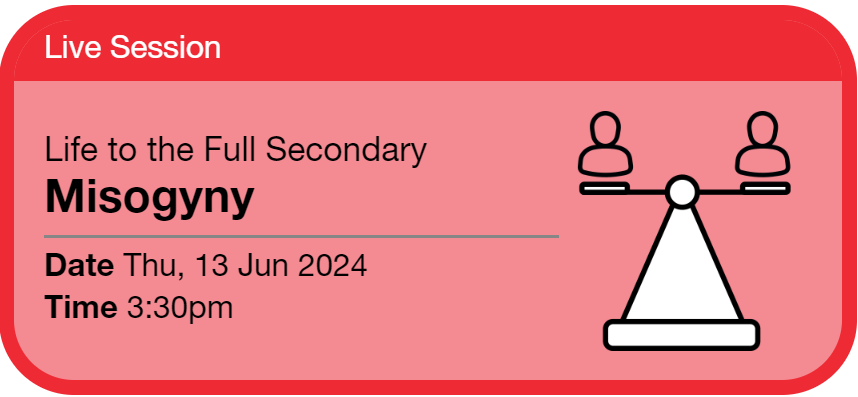
This is just a snapshot of how Life to the Full addresses misogyny and related issues in our secondary school programme.
To learn more, please join our livestreamed CPD session on Thursday 13 June at 3.30pm.
You can also read a related Hub article here about consent and online safety.

Risks and Response: Online Safety
There’s lots of dangerous content available to young people online, but how can it be tackled?
Go to Content










